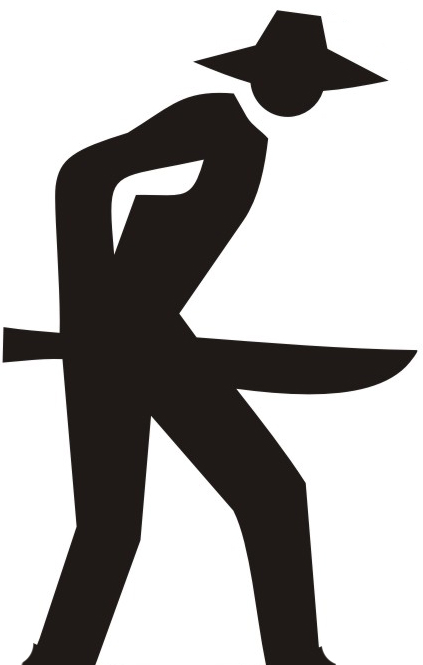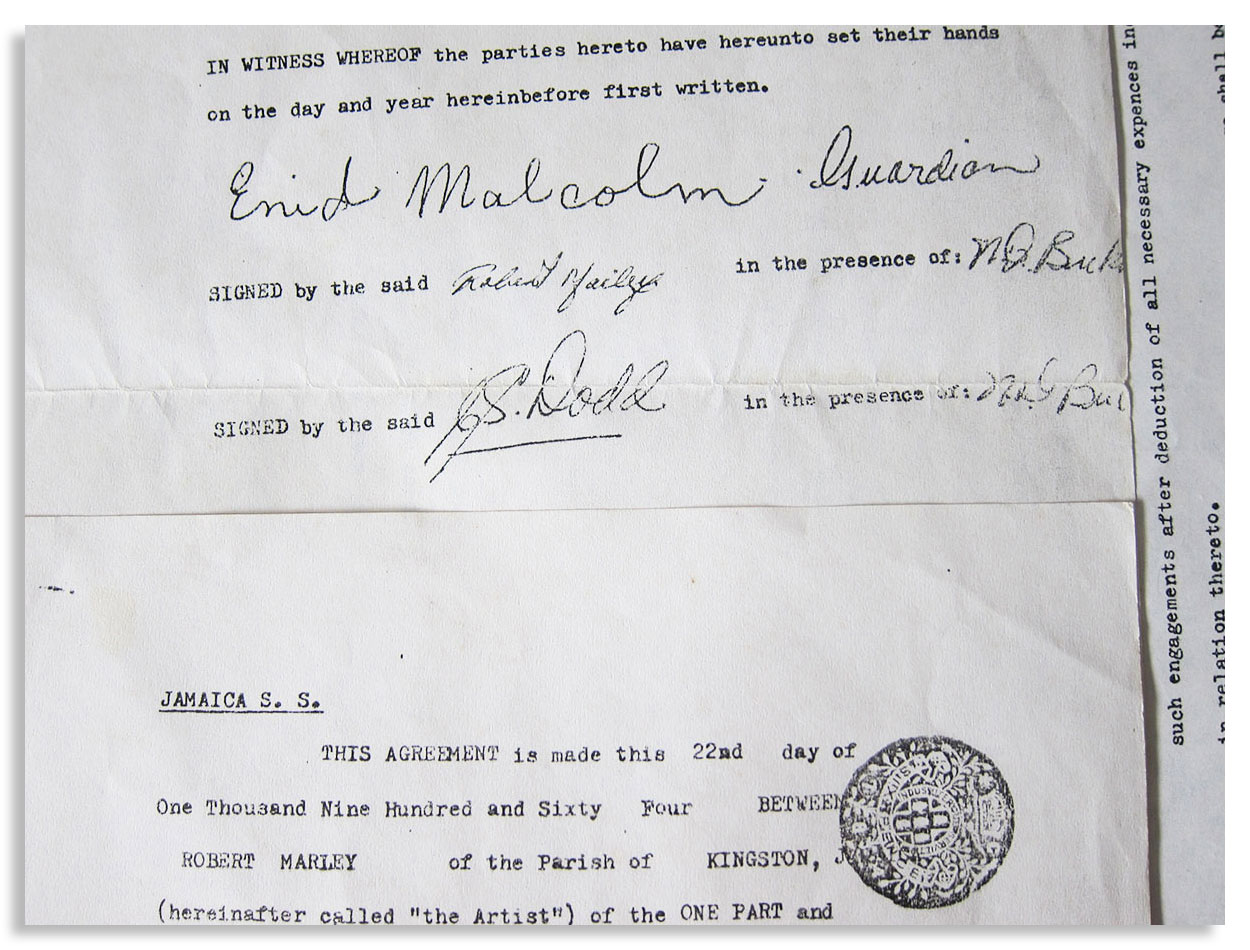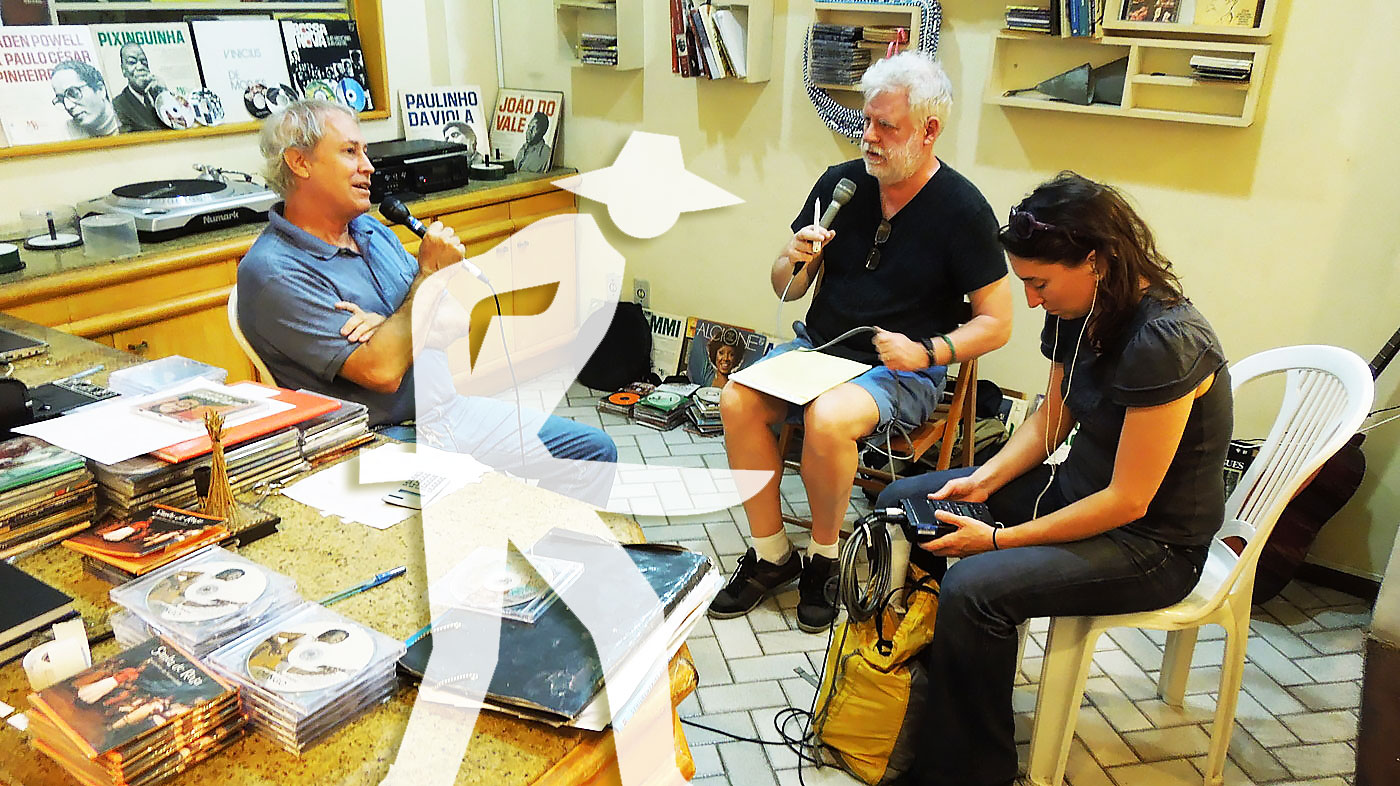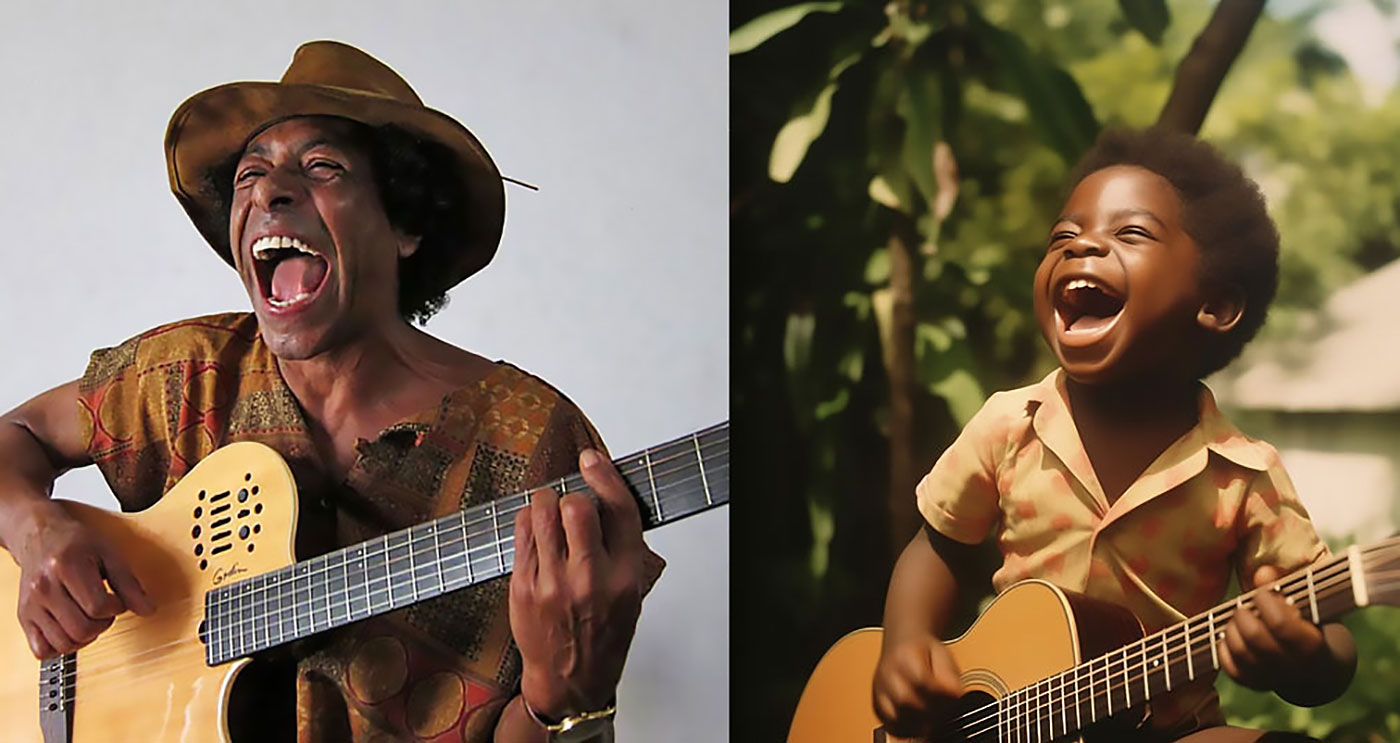CURATION
- from this page: by Augmented Matrix
Network Node
- Name: Tomoko Omura
- City/Place: Brooklyn, NY
- Country: United States
- Hometown: Shizuoka, Japan
Life & Work
-
Bio:
Tomoko Omura is among today's leading voices in jazz violin. “Roots”, her debut album for Inner Circle Music, is a compelling tribute to her native Japan, featuring original arrangements of ten classic Japanese folk and popular songs. In the words of fellow violinist Christian Howes, “'Roots' is a tremendous accomplishment, and undoubtedly one of the most important and creative jazz albums produced by a violinist in recent history.” Downbeat magazine calls Tomoko “a leader with a fine future”, awarding “Roots” 4 and a half stars. Her latest release, “Post Bop Gypsies” (Inner Circle, 2017), is a contemporary jazz trio album in the classic Gypsy jazz instrumentation of violin, guitar and bass. Through 2015-2019, she has been named a “Rising Star” in Downbeat magazine's prestigious Critic's Poll.
Strongly informed by the jazz violin tradition, her 2008 self-released debut album, “Visions”, is a collection of seven dynamic original pieces, each of which is dedicated to one of the greats of the instrument, from Stuff Smith to Zbigniew Seifert. Violinst Matt Glaser praises “Visions” as such: “Her playing here is uniformly amazing, with great ideas, great tone, perfect intonation and great feel...”. “Mark's Passion”, dedicated to Mark Feldman, was awarded an Honorable Mention in the 2008 International Songwriting Competition. The release of “Visions” also prompted Strings Magazine to name Omura a “Rising Star” in 2009. In 2014, she was chosen as a semi finalist of the 1st International Zbigniew Seifert Jazz Violin Competition in Krakow, Poland.
Originally from Shizuoka, Japan, she began studying the violin at a young age with her mother, and began playing jazz music while studying at Yokohama National University. In 2004, Tomoko relocated to the United States when she was awarded a scholarship to study at the Berklee College of Music in Boston, MA. While at Berklee, Tomoko worked with such legendary musicians as George Garzone, Hal Crook, Ed Tomassi, Jamey Haddad, Matt Glaser and Rob Thomas. In 2005, during her sophomore year, she was awarded Berklee's prestigious Roy Haynes award; an award given to one student for their exceptional improvisational skills. Tomoko was the first violinist in Berklee's history to receive this award. She graduated summa cum laude in 2007.
Since moving to NY in 2010, Tomoko has performed with a wide range of musicians including:
Fabian Almazan, Paquito D'Rivera, Camila Meza, Aubrey Johnson, Annie Chen, Tammy Scheffer, , Joanna Wallfisch, Carolina Calvache, Mario Castro, Vadim Neselovskyi, Daniel Foose, Simon Yu's Exotic Experiment and The Mahavishnu Project. She was previously a full time member of world music band, The Guy Mendilow Ensemble, Celtic music band, RUNA and the vintage jazz band, Carte Blanche.
Contact Information
- Contact by Webpage: http://www.tomokoomura.com/new-page-4
Media | Markets
- ▶ Buy My Music: http://www.tomokoomura.com/merch
- ▶ Buy My Music 2: http://tomokoomura.bandcamp.com
- ▶ Charts/Scores: http://www.tomokoomura.com/charts
- ▶ Twitter: tomokoomura
- ▶ Instagram: tomokoomuramusic
- ▶ Blog: http://www.tomokoomura.com/blog
- ▶ YouTube Channel: http://www.youtube.com/channel/UCLwlrndktALvj66egaiOWsQ
- ▶ Spotify: http://open.spotify.com/album/5UMV4zntq8R2cELcNd1epn
- ▶ Spotify 2: http://open.spotify.com/album/1ZH3AomSshWB5VQNVJxxSF
- ▶ Spotify 3: http://open.spotify.com/album/4vV2HrCn31zzE1WfEfRHHY
- ▶ Spotify 4: http://open.spotify.com/album/7Ea23rT9huLZdugCM8dwpL
Clips (more may be added)
The Matrix is a small world network. Like stars coalescing into a galaxy, creators in the Matrix mathematically gravitate to proximity to all other creators in the Matrix, no matter how far apart in location, fame or society. This gravity is called "the small world phenomenon". Human society is a small world network, wherein over 8 billion human beings average 6 or fewer steps apart. Our brains contain small world networks...
![]() Wolfram MathWorld on the Small World Phenomenon
Wolfram MathWorld on the Small World Phenomenon
![]() Matemática Wolfram sobre o Fenômeno Mundo Pequeno
Matemática Wolfram sobre o Fenômeno Mundo Pequeno
"In a small world, great things are possible."

It's not which pill you take, it's which pathways you take. Pathways originating in the sprawling cultural matrix of Brazil: Indigenous, African, Sephardic and then Ashkenazic, European, Asian... Matrix Ground Zero is the Recôncavo, contouring the Bay of All Saints, earthly center of gravity for the disembarkation of enslaved human beings — and the sublimity they created — presided over by the ineffable Black Rome of Brazil: Salvador da Bahia.
("Black Rome" is an appellation per Caetano Veloso, son of the Recôncavo, via Mãe Aninha of Ilê Axé Opô Afonjá.)
"Dear Sparrow: I am thrilled to receive your email! Thank you for including me in this wonderful matrix."
—Susan Rogers: Personal recording engineer for Prince, inc. "Purple Rain", "Sign o' the Times", "Around the World in a Day"... Director of the Berklee Music Perception and Cognition Laboratory
"Thanks! It looks great!....I didn't write 'Cantaloupe Island' though...Herbie Hancock did! Great Page though, well done! best, Randy"
"We appreciate you including Kamasi in the matrix, Sparrow."
—Banch Abegaze: manager, Kamasi Washington
"This is super impressive work ! Congratulations ! Thanks for including me :)))"
—Clarice Assad: Pianist and composer with works performed by Yo Yo Ma and orchestras around the world
"Dear Sparrow, Many thanks for this – I am touched!"
—Julian Lloyd-Webber: UK's premier cellist; brother of Andrew Lloyd Webber (Evita, Jesus Christ Superstar, Cats, Phantom of the Opera...)
"Thanks, this is a brilliant idea!!"
—Alicia Svigals: World's premier klezmer violinist
Developed here in the Historic Center of Salvador da Bahia ↓ .
![]() Bule Bule (Assis Valente)
Bule Bule (Assis Valente)
"♫ The time has come for these bronzed people to show their value..."
Production: Betão Aguiar
MATRIX MODUS OPERANDI
Recommend somebody and you will appear on that person's page. Somebody recommends you and they will appear on your page.
Both pulled by the inexorable mathematical gravity of the small world phenomenon to within range of everybody inside.
And by logical extension, to within range of all humanity outside as well.
MATRIX (PARDAL)
I'm Pardal here in Brazil (that's "Sparrow" in English). The deep roots of this project are in Manhattan, where Allen Klein (managed the Beatles and The Rolling Stones) called me about royalties for the estate of Sam Cooke... where Jerry Ragovoy (co-wrote Time is On My Side, sung by the Stones; Piece of My Heart, Janis Joplin of course; and Pata Pata, sung by the great Miriam Makeba) called me looking for unpaid royalties... where I did contract and licensing for Carlinhos Brown's participation on Bahia Black with Wayne Shorter and Herbie Hancock...
...where I rescued unpaid royalties for Aretha Franklin (from Atlantic Records), Barbra Streisand (from CBS Records), Led Zeppelin, Mongo Santamaria, Gilberto Gil, Astrud Gilberto, Airto Moreira, Jim Hall, Wah Wah Watson (Melvin Ragin), Ray Barretto, Philip Glass, Clement "Sir Coxsone" Dodd for his interest in Bob Marley compositions, Cat Stevens/Yusuf Islam and others...
...where I worked with Earl "Speedo" Carroll of the Cadillacs (who went from doo-wopping as a kid on Harlem streetcorners to top of the charts to working as a janitor at P.S. 87 in Manhattan without ever losing what it was that made him special in the first place), and with Jake and Zeke Carey of The Flamingos (I Only Have Eyes for You)... stuff like that.

Yeah this is Bob's first record contract, made with Clement "Sir Coxsone" Dodd of Studio One and co-signed by his aunt because he was under 21. I took it to Black Rock to argue with CBS' lawyers about the royalties they didn't want to pay (they paid).
MATRIX MUSICAL
I built the Matrix below (I'm below left, with David Dye & Kim Junod for U.S. National Public Radio) among some of the world's most powerfully moving music, some of it made by people barely known beyond village borders. Or in the case of Sodré, his anthem A MASSA — a paean to Brazil's poor ("our pain is the pain of a timid boy, a calf stepped on...") — having blasted from every radio between the Amazon and Brazil's industrial south, before he was silenced. The Matrix started with Sodré, with João do Boi, with Roberto Mendes, with Bule Bule, with Roque Ferreira... music rooted in the sugarcane plantations of Bahia. Hence our logo (a cane cutter).
A Massa (do povo carente) / The Masses (of people in need)

-
Add to my PlaylistA Massa - Raymundo Sodré (7,093 plays)
-
Add to my PlaylistSina de Cantador - Raymundo So... (6,909 plays)
-
Add to my PlaylistMagnetismo - Raymundo Sodré ... (6,353 plays)
-
Add to my PlaylistSacando a Cana - Raymundo Sodr... (5,957 plays)
-
Add to my PlaylistMêrêrê - Raymundo Sodré (5,465 plays)
-
Add to my PlaylistJardim do Amor - Raymundo Sodr... (4,677 plays)
-
Add to my PlaylistDebaixo do Céu - Raymundo Sodr... (4,151 plays)
-
Add to my PlaylistDesejo de Amar - Raymundo Sodr... (3,861 plays)
-
Add to my PlaylistOração pra Yá Oxum - Raymundo ... (3,741 plays)
-
Add to my PlaylistYá África - Raymundo Sodré (3,509 plays)
-
Add to my PlaylistMeu Rio, Cadê o Papel - Raymun... (3,177 plays)
-
Add to my PlaylistCasa de Trois - Raymundo Sodré... (2,896 plays)
-
Add to my PlaylistMulher é Laço que Prende o Coração do Vaqueiro - R... (2,556 plays)



































































































































































































































































































































































































































































